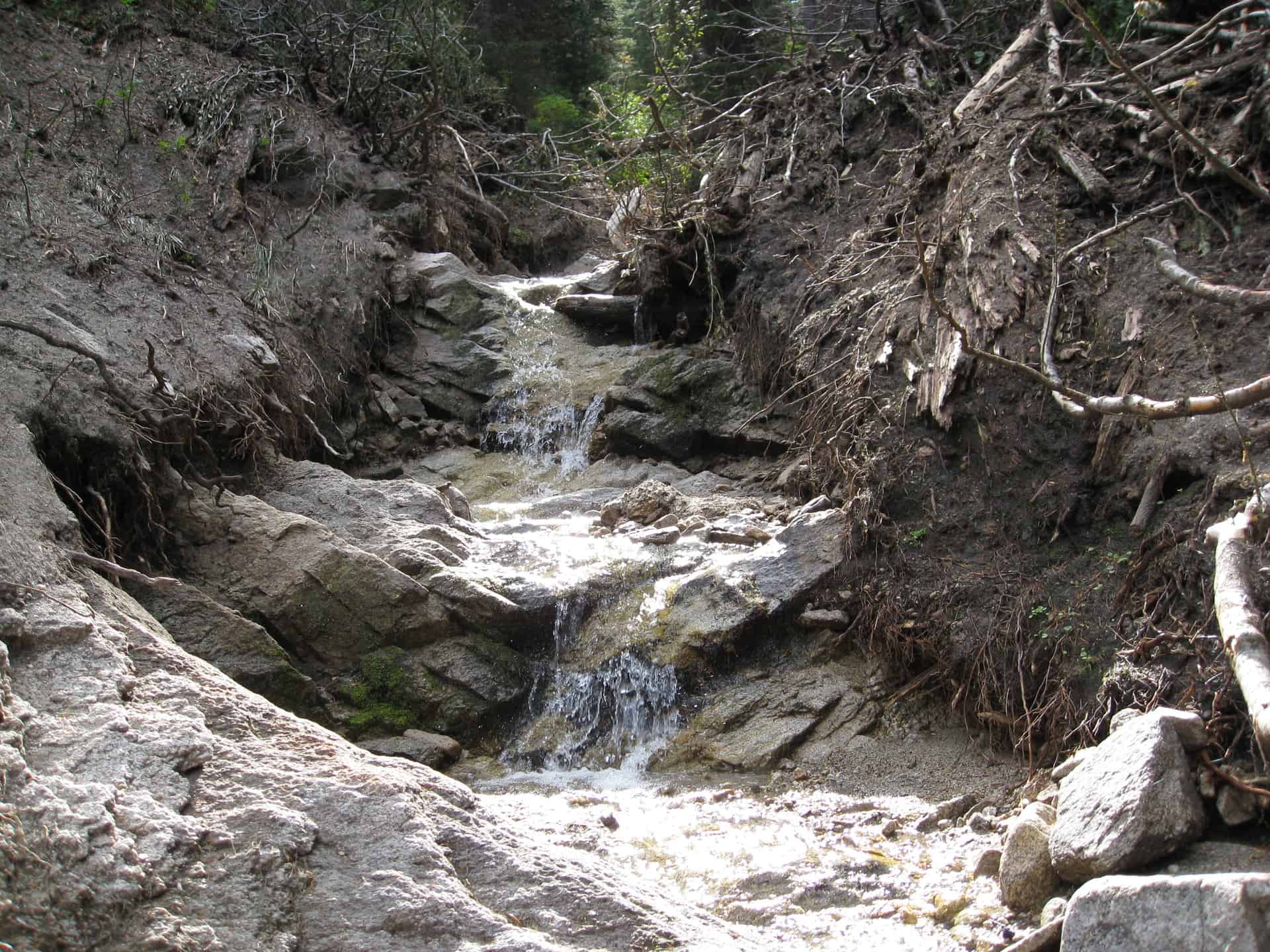
Since our previous discussion was so close to this topic, couldn’t resist posting another essay from High Country News, this one by Eric Jantz.
Ask most people about how the environmental laws in this country get implemented, and you’re likely to meet with a blank stare. No one really knows the details, but the BP spill — combined with less well-publicized leaks from the Vermont Yankee nuclear power plant — signal to most people that the system isn’t working.
I’m a practicing environmental lawyer, and I’ll be the first to admit that our nation’s environmental law framework is dense and arcane. I’ll also be among those to second-guess whether it’s working. I suspect that one of the biggest problems can be summed up in the words “agency deference.”
Agency deference is the judicial doctrine that found its legs with the U.S. Supreme Court case Chevron v. NRDC in 1984. It precludes judges from revisiting decisions made by an administrative agency except in the most extreme circumstances. It’s also the doctrine that makes it nearly impossible for there to be any independent review of decisions made by agencies, some of which have become more like industry enablers than hard-nosed regulators.
Although it may not have been the Supreme Court’s intent, the Chevron case effectively gives administrative agencies nearly unlimited power over whether a community is subjected to pollution. Statistics bear this out. At the U.S. Court of Appeals for the 10th Circuit, for example, agency decisions are overturned only 1.5 percent of the time. Other federal circuits report similarly dismal numbers. In other words, no one is watching the watchmen.
In a perfect world, where regulatory agencies are serious and neutral and where regulators are never influenced by politics, turning life-and-death decisions over to a class of technocrats might have made sense. But in the real world, regulatory agencies are more often than not under substantial pressure from elected officials to acquiesce to demands from regulated industries. These agencies are also often staffed by bureaucrats who anticipate plum jobs in the industries they regulate once their government pensions have vested.
The BP oil explosion and resulting leak in the Gulf of Mexico is a case in point. The now well-documented coziness between regulators and the regulated industry resulted in an environmental catastrophe that has cost millions of dollars, ruined countless businesses and harmed a vast ocean ecosystem.
So what to do? There are probably many legitimate solutions to the problem, from getting big money out of politics to abolishing corporate personhood. But three concrete things can be done immediately. First, the federal and state governments should adopt what’s known as the precautionary principle. It would require a polluter to prove that an activity, though risky, would not harm the environment. Using the precautionary principle would relieve pollution-impacted communities of the current burden of proving that a polluting activity was so risky and dangerous it should not have been attempted.
Second, state and federal judges ought to once again assume their review authority over administrative agencies. Even in light of the Chevron decision, our federal Constitution and all state constitutions give the judicial branch the authority to review the actions of the other branches of government to make sure they’re in line with the governing laws and constitutional provisions. Reviewing courts should carefully scrutinize agency decisions and act aggressively in revisiting agency decisions that put communities at risk. If expertise is the issue, then judges who have technical backgrounds should be recruited and appointed to the bench. Alternatively, judges could specialize in particular areas of administrative law and develop a deep understanding of the technical issues in that area, just as practicing lawyers do.
Finally, the judiciary needs to abandon what’s almost become a cult of the technocrat. Instead of throwing up their hands and relying on the “expertise” of agency bureaucrats, judges should begin to respect the expertise of the people that live in communities affected by a polluting industry. Members of communities impacted by polluting industry know who’s been sick in their neighborhoods and when they got sick. They know which water sources are discolored and smell bad. They know whose child has had a recent asthma attack. This kind of knowledge should not be subordinated to the knowledge brought in by hired guns with lots of letters after their names — although it usually is.
These suggestions meant to strengthen judges to do the right thing are by no means a panacea. But I think they’re a good place to start to make environmental laws mean something on the ground.
Eric Jantz is a contributor to Writers on the Range, a syndication service of High Country News (hcn.org). He is an attorney with the New Mexico Environmental Law Center in Santa Fe, New Mexico.









